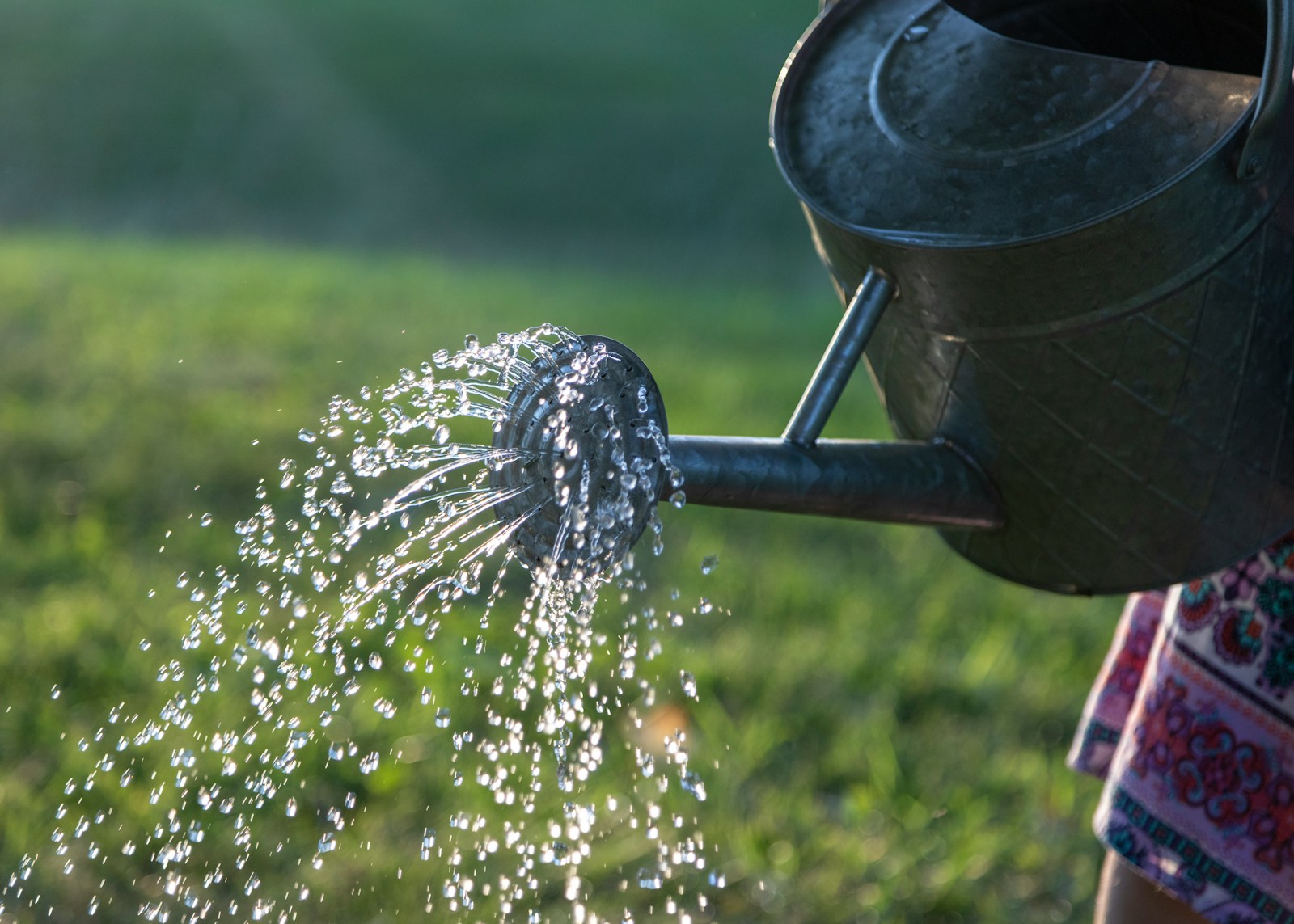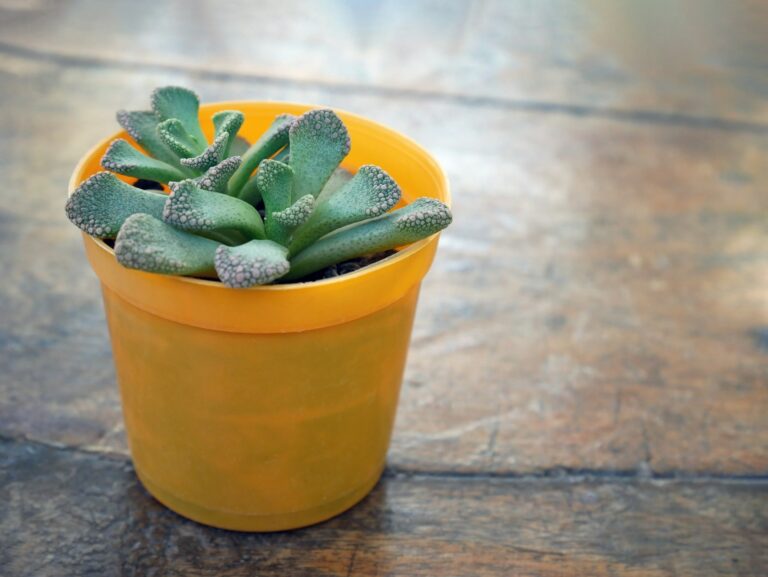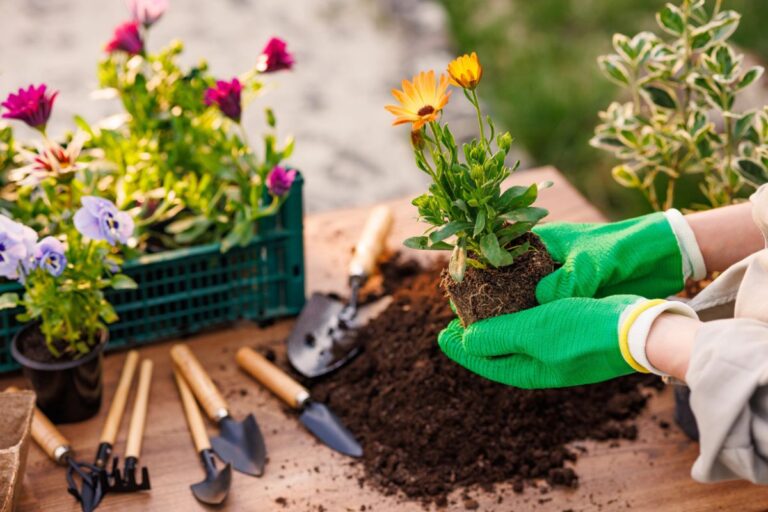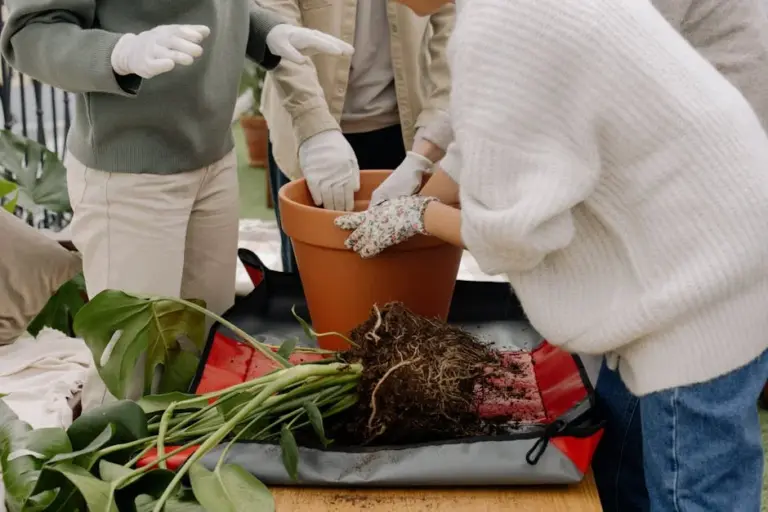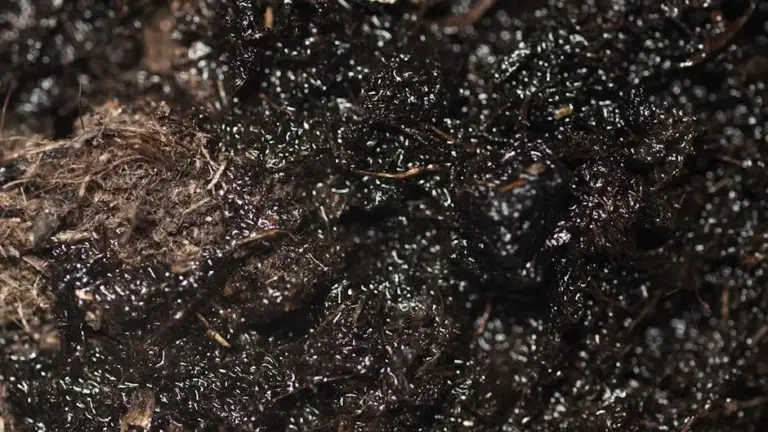The Basics of Watering That Most Beginners Get Wrong Explained Simply for Happy Plants
Have you ever wondered why your plants look droopy or yellow even though you water them faithfully? Watering seems straightforward, but it can be surprisingly tricky, especially when you’re just starting out.
Many people think there’s a one-size-fits-all method, but each plant and environment is different. Understanding a few simple tips can help your plants thrive and make gardening a lot less stressful.
The key to successful watering is figuring out what your plants need and when they need it. With some practice, you’ll notice your plants becoming healthier and happier right before your eyes.
Watering too frequently instead of checking soil moisture
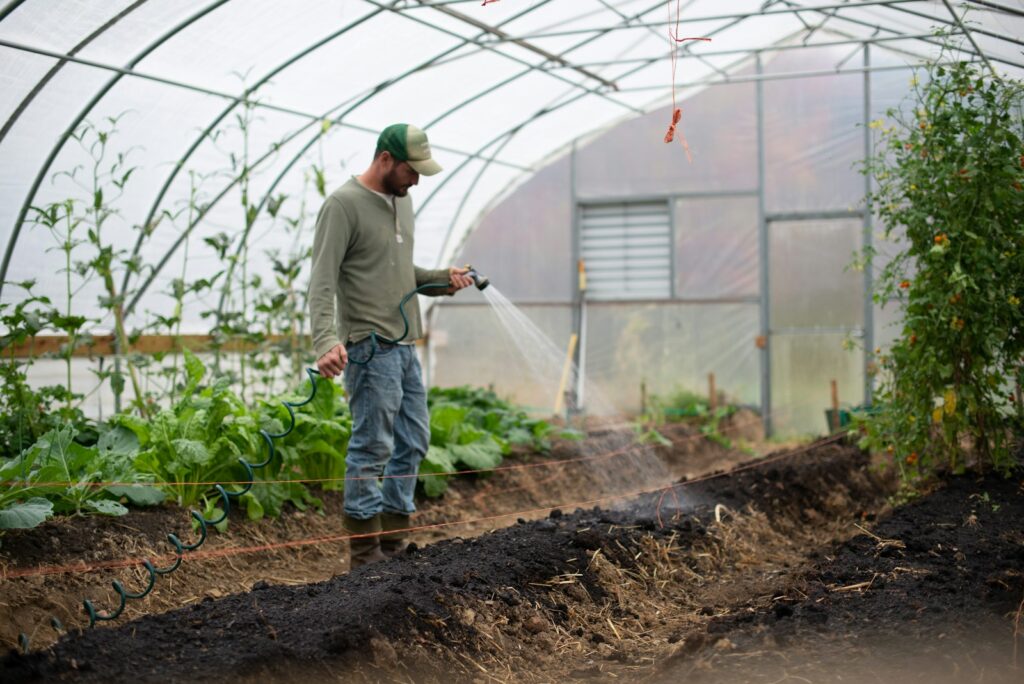
A lot of new plant owners stick to a rigid watering schedule, like every morning or every other day. This can actually do more harm than good.
If the soil stays wet all the time, roots can suffocate and rot. Before you water, poke your finger an inch or two into the soil.
If it feels dry, go ahead and water. If it’s still damp, give it another day and check again.
Roots need to breathe, and they can’t do that if they’re always wet. Learning to check soil moisture helps you avoid problems like root rot and fungal diseases.
You’ll save water and your plants will thank you for it. You can learn more about watering based on soil moisture levels at this guide on watering mistakes.
Using sprinklers on leaves, increasing fungal risk

Spraying water all over your plants’ leaves with a sprinkler might seem easy, but it can cause trouble. Wet leaves create a perfect environment for fungi to grow and spread.
Water that sits on leaves doesn’t dry quickly, especially in cooler weather. This thin layer of moisture, called “leaf wetness,” is when fungi can invade and cause disease.
Try to water the soil directly around the roots instead of the leaves. Drip irrigation or a watering can aimed at the base of the plant work much better.
Keeping foliage dry helps lower the risk of infections. For more on this, check out watering practices that reduce fungal disease risk.
Watering in the evening rather than morning
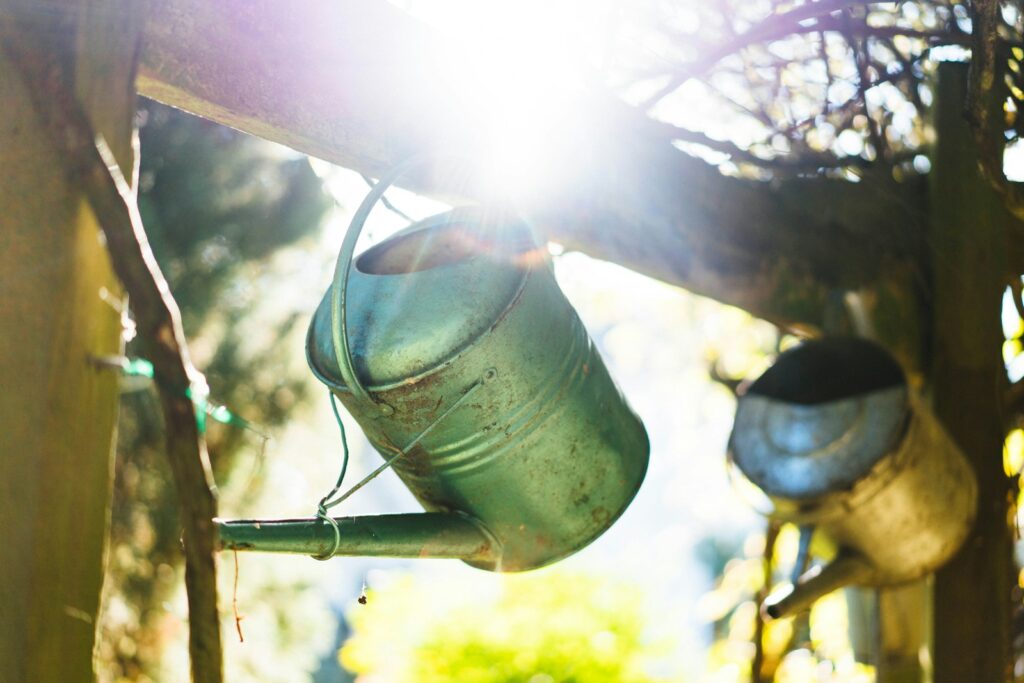
It might feel relaxing to water your plants in the evening after a long day. The cooler air makes it seem like a good idea, and you might think less water will evaporate.
But if you water too late, leaves and soil can stay damp overnight. This dampness is a magnet for diseases and fungal problems.
If you prefer to water later in the day, try to do it early in the evening. This gives the soil time to absorb the water before night falls.
No matter when you water, aim for the root zone, not the leaves. This helps your plants use water efficiently and keeps them healthier. For more timing tips, check out evening watering.
Ignoring plant-specific water needs
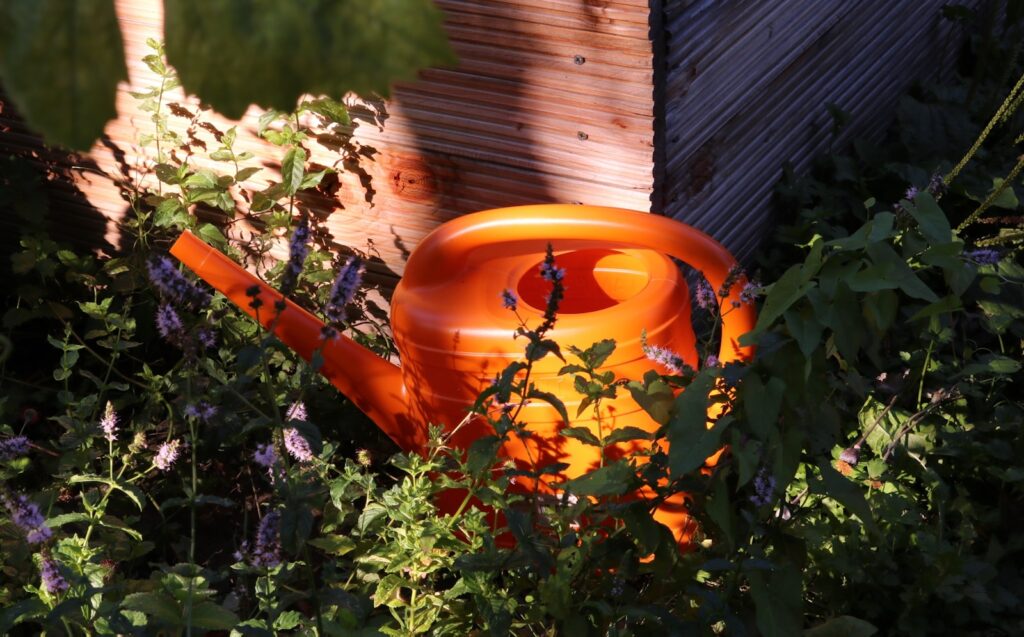
It’s easy to assume all plants need the same amount of water. But different types have different needs.
Succulents and cacti like their soil to dry out completely between waterings. Tropical plants, like ferns, want soil that stays moist but not soggy.
If you treat all your plants the same, some will struggle. Your plant’s water needs depend on its species, size, and natural environment.
Learning about each plant’s preferences helps you avoid overwatering or underwatering. This simple habit goes a long way toward keeping your collection healthy.
You can find more tips on matching your watering habits to your plants’ needs at watering mistakes that lead to underwatering problems.
Overwatering leading to root rot
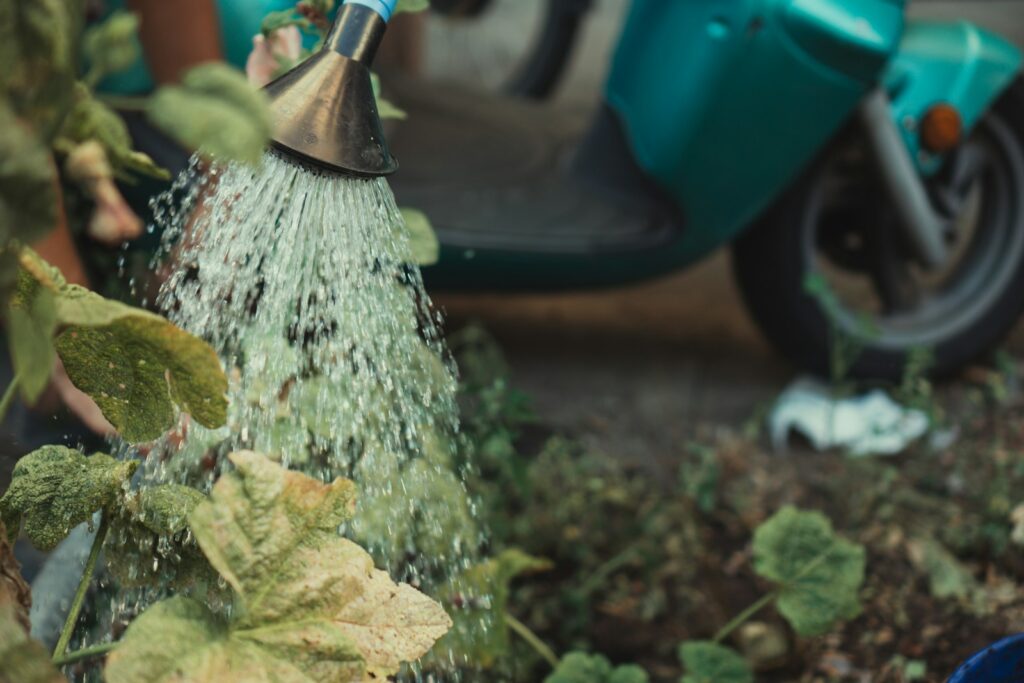
Watering too much is a common mistake that can sneak up on you. When soil stays soggy, roots can’t get the oxygen they need.
This leads to root rot, where roots turn brown and mushy. Your plant might look wilted even though the soil is wet.
Fungi love wet conditions and can attack weak roots, making things worse. If you notice yellowing leaves or a bad smell, root rot could be the culprit.
Letting the soil dry out between waterings and using pots with good drainage can help prevent this. For more info, see this guide on overwatering and root rot.
Underwatering causing plant stress
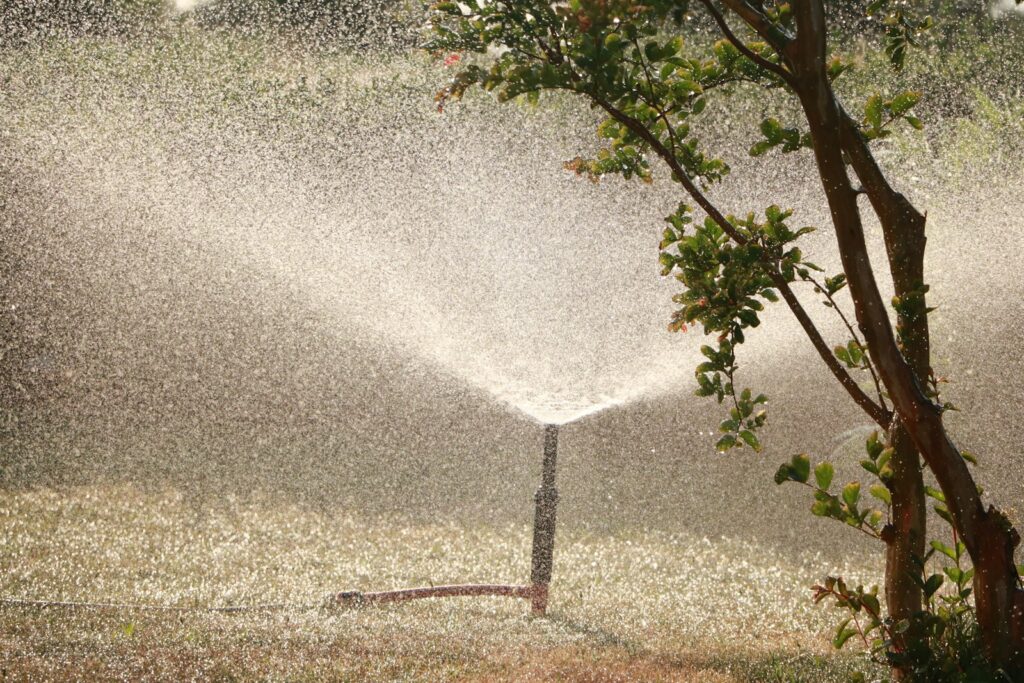
Forgetting to water or not giving enough can stress your plants quickly. Wilting is usually the first sign.
Leaves and stems lose their firmness and begin to droop. You might also see yellow or brown edges, especially on older leaves.
Dry, crispy leaves mean the plant can’t move water where it’s needed. Growth slows down and the plant gets weaker.
If underwatering goes on too long, roots can shrink and stop working properly. Check your plants often and water when the soil is dry more than an inch below the surface.
Learning to spot the signs early helps you keep your plants happy. For more help, see How to Tell If You’re Underwatering Your Plants – Epic Gardening.
Not adjusting watering for seasonal changes

Watering the same way all year can cause trouble. Plants need different amounts of water as the seasons change.
During summer, heat dries out the soil faster so your garden usually needs more water. In fall and winter, too much water can lead to root rot.
Rain in spring or fall might mean you can skip a watering session. Adjusting your routine with the seasons keeps your plants healthy and avoids waste.
If you use an irrigation system, remember to change the settings as the weather shifts. Find more advice in this irrigation guide.
Neglecting container drainage
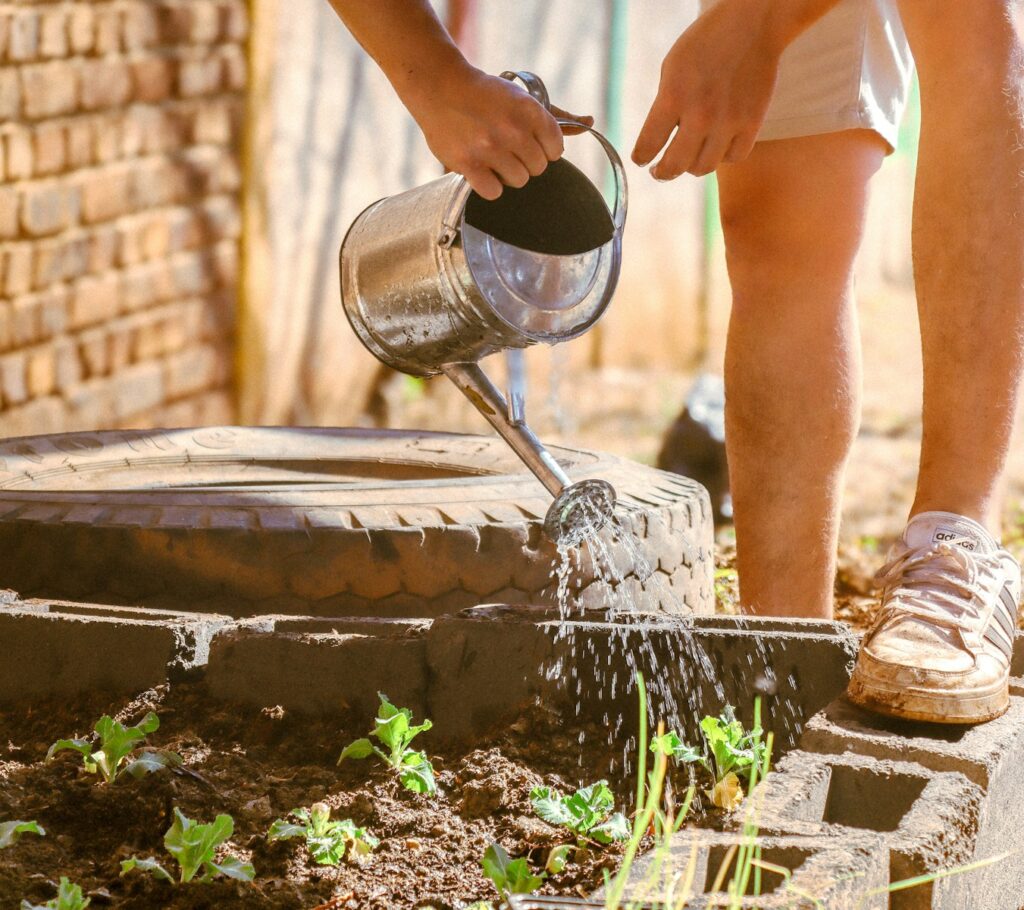
If you grow plants in containers, drainage is crucial. Water can pool at the bottom if the pot doesn’t drain well.
Roots left in standing water can quickly rot. Make sure your containers have enough holes and consider making them larger if needed.
Compacted soil can also block drainage. Mix in compost and loosen the soil to help water flow through.
Even with good drainage, overwatering can cause problems. Paying attention to this step helps your plants stay strong and healthy. For more container tips, check out making drainage work well in container gardens.
Using cold water straight from the tap
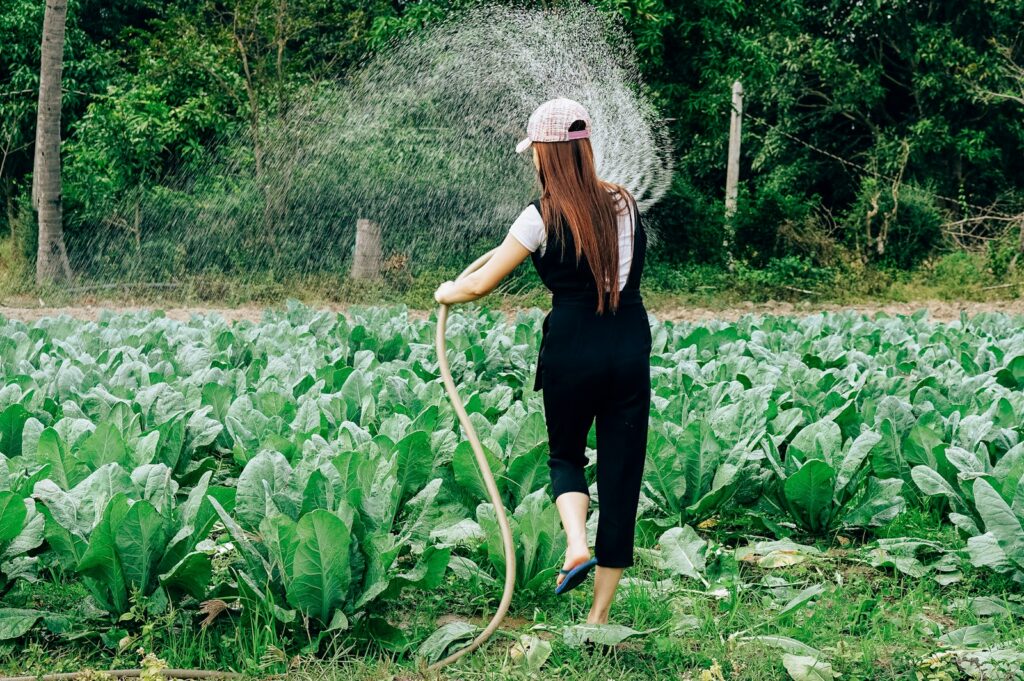
You might grab cold water from the tap without thinking. Most houseplants can handle it, but very cold water can slow down growth, especially for tropical varieties.
Letting water sit in your watering can for an hour helps it warm up a bit. This avoids shocking the roots.
If you use a hose, let it run for a minute to clear out any water that’s too hot or cold. Plants usually do well with regular tap water as long as it’s not extreme in temperature.
Taking this extra step helps keep your plants comfortable. For more, see this guide on how cold water affects plant growth.
Watering during the hottest part of the day, causing evaporation
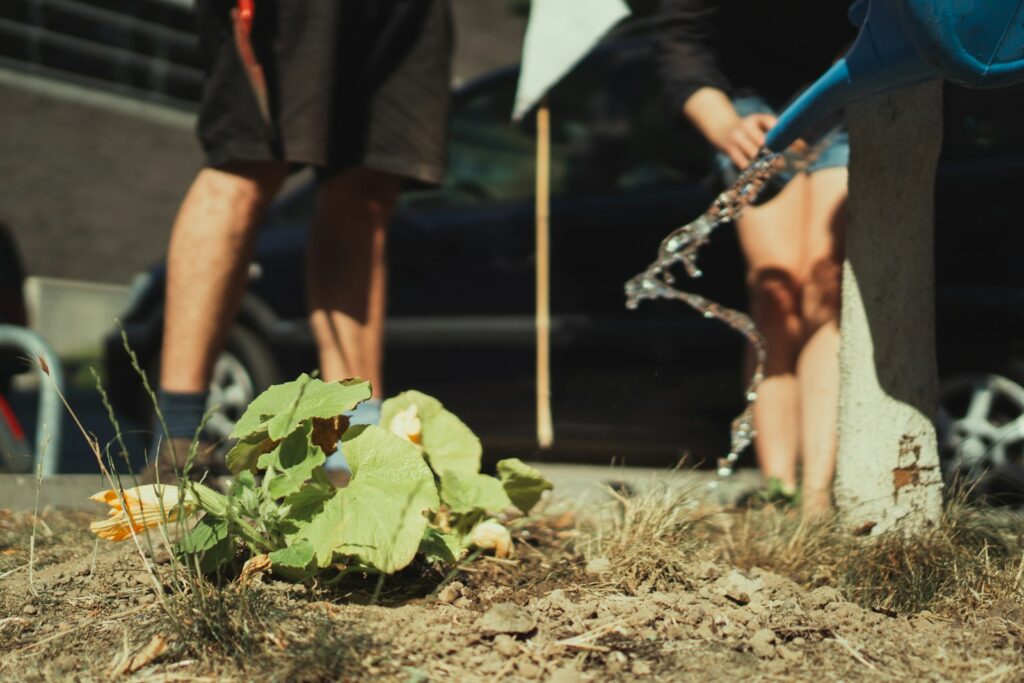
Watering in the middle of a hot day might seem convenient, but most of the water will evaporate before your plants can use it. Between late morning and mid-afternoon, the sun is strongest and dries out the soil fast.
If you water during these hours, much of the moisture never reaches the roots. Water droplets on leaves can also act like tiny magnifying glasses and cause leaf burns.
You’ll get better results by watering early in the morning or later in the afternoon. This lets water soak in before the heat picks up.
Drip irrigation or soaker hoses can help reduce evaporation. For more, see The Worst Time to Water Grass: What You Need to Know.
How Plants Absorb Water
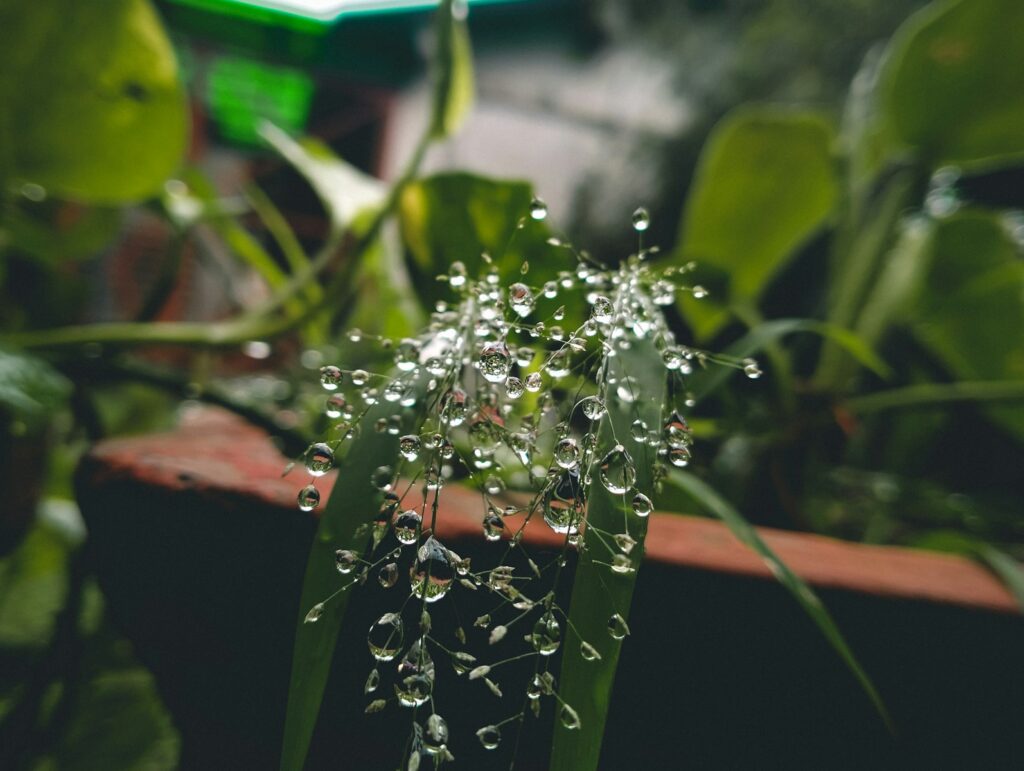
Plants take in water mainly through their roots. The way roots grow and how the soil holds water both play a big role.
Knowing how this works helps you water more effectively.
Understanding Root Systems
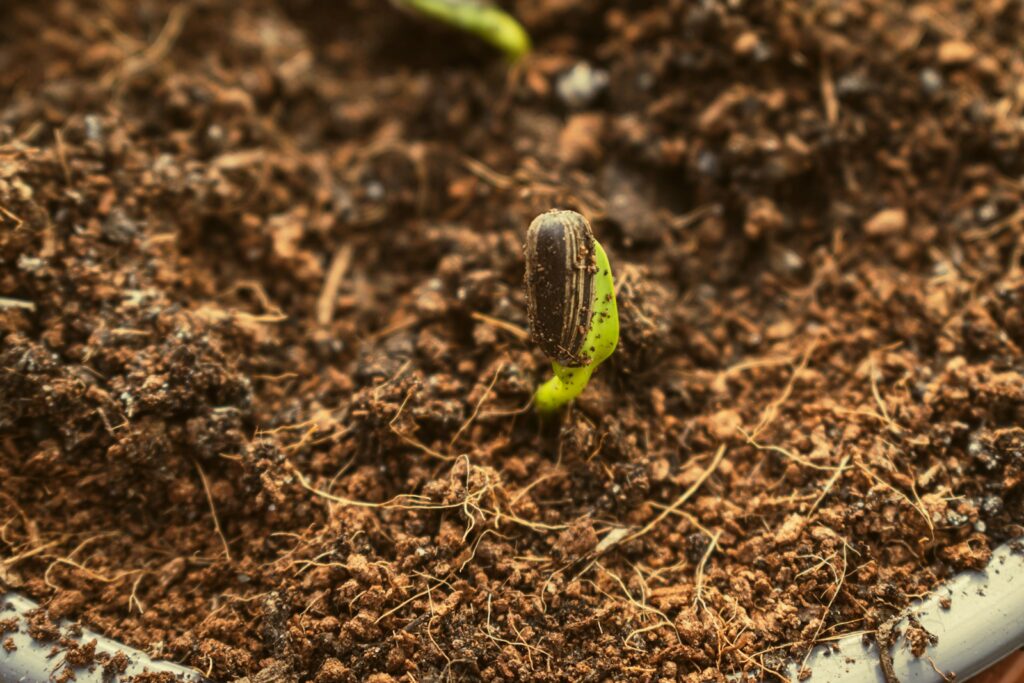
Tiny root hairs grow from the main roots and increase the surface area for water absorption. Water moves from wetter soil into the drier root cells through osmosis.
Roots also move water up through the plant in tubes called xylem. This sends moisture to leaves for photosynthesis and cooling.
Healthy roots need room to grow deep and wide. Compacted or dry soil limits root growth and water absorption.
Role of Soil Structure

The mix of sand, silt, and clay in your soil affects how water moves to the roots. Good soil creates spaces for air and holds water well.
If soil is too dense, it holds water too tightly for roots to absorb. Sandy soil drains too fast and doesn’t hold water long enough.
Checking soil moisture by touch or with a tool helps you avoid over- or under-watering. Watering in the right soil conditions makes it easier for roots to get what they need.
For more on how roots absorb water, see How Plants Absorb Water: The Process Explained.
Common Watering Mistakes Explained

Even small watering mistakes can add up and hurt your plants. Getting the timing and amount right makes a big difference.
Overwatering Versus Underwatering
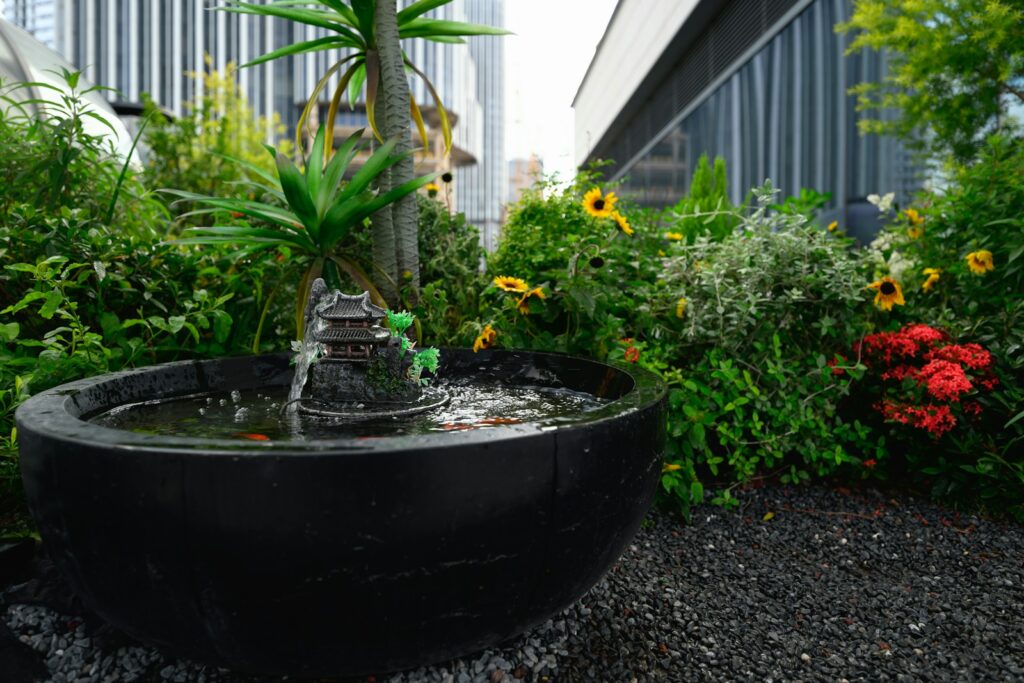
Too much water can drown roots and block oxygen, leading to root rot. Signs include yellow leaves and wilting even when the soil is wet.
Not enough water leaves soil dry and roots thirsty. Plants look droopy and new growth slows.
A simple way to check is to stick your finger about an inch into the soil. If it feels dry, it’s time to water. If it’s still moist, wait a bit longer.
Finding the right balance is the secret to keeping your plants healthy and happy.
Timing and Frequency Issues
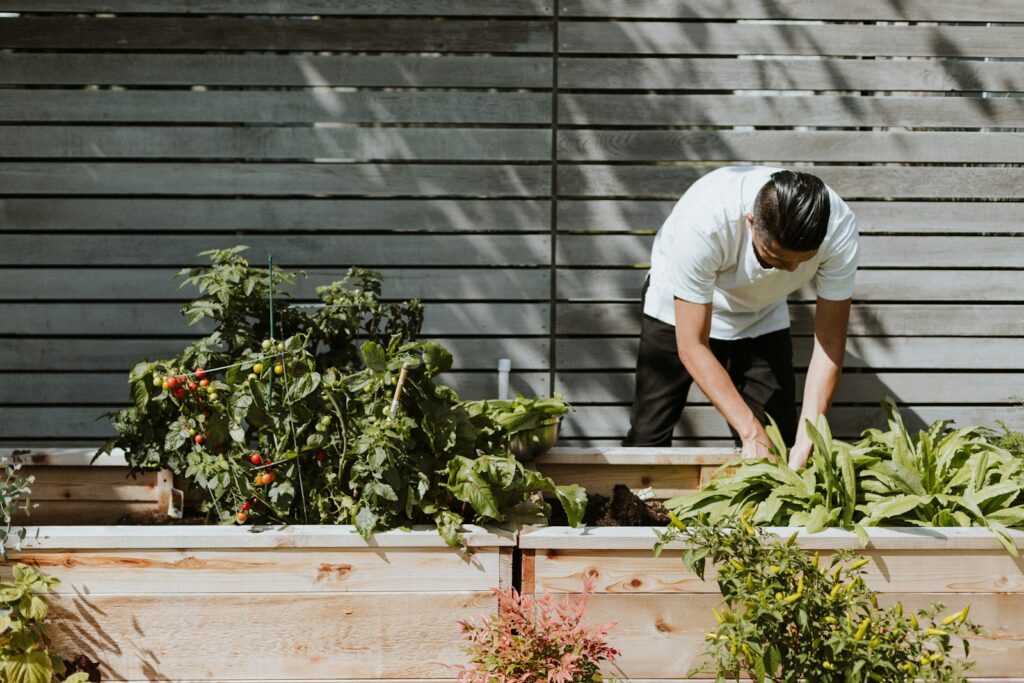
Ever wonder why your plants still look sad even though you water them every day? Sometimes, it’s not just about how much water they get, but when and how often.
Early morning is the sweet spot for watering. It gives leaves a chance to dry off quickly and helps water reach deep into the soil.
If you wait until late in the day, leaves can stay damp overnight. This creates a perfect environment for fungus to grow.
Watering too often can make plant roots lazy and shallow. On the other hand, watering too little leaves them thirsty and stressed.
Try to water deeply but less frequently. This helps roots grow stronger and reach further down for moisture.
Skip the quick sprinkles that only wet the surface. Aim for steady, deep moisture so your garden can really thrive.
For more tips, check out the article on common watering mistakes that could be ruining your garden.

